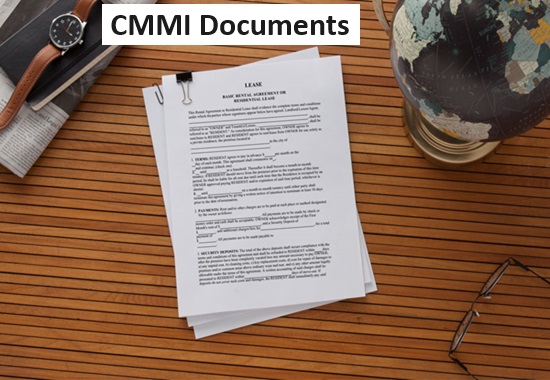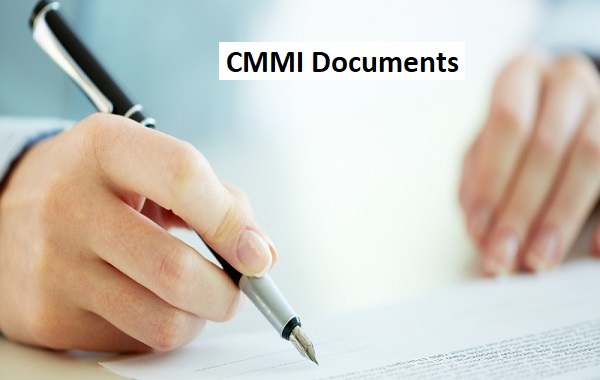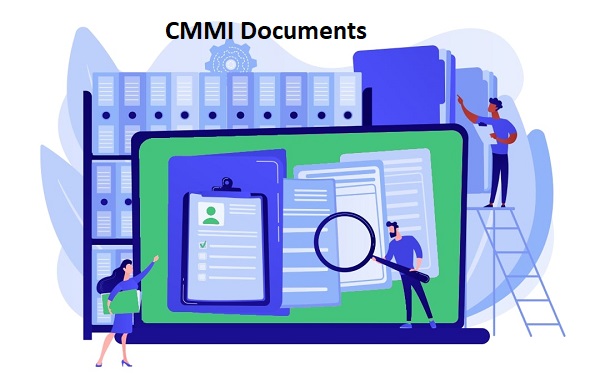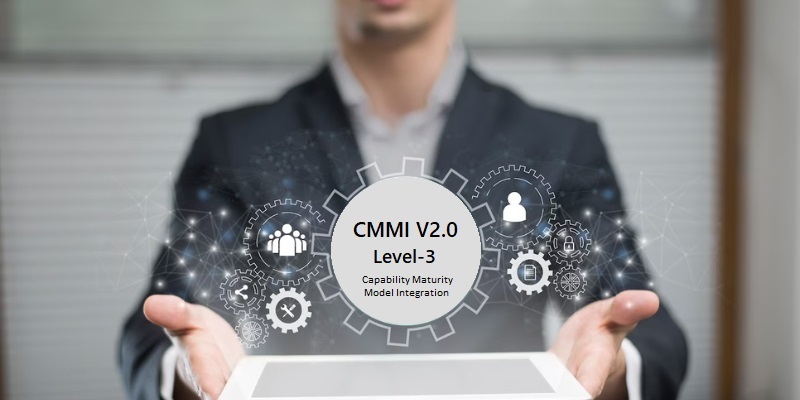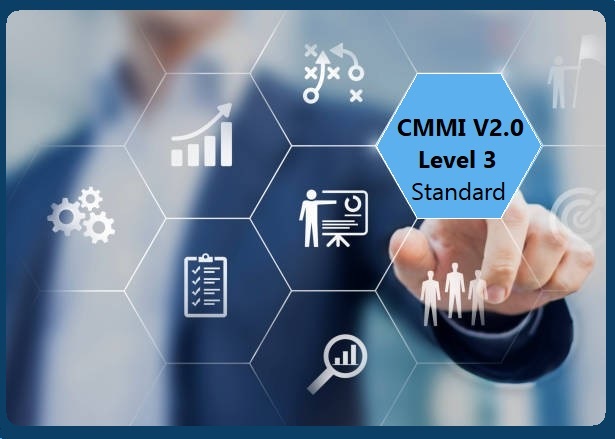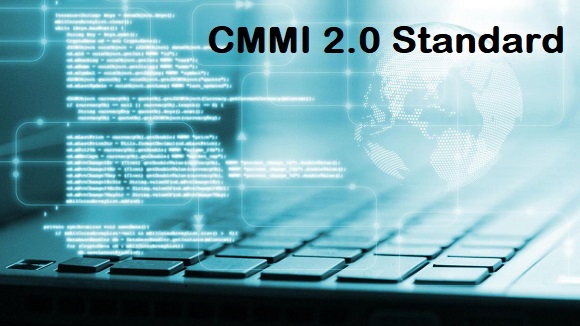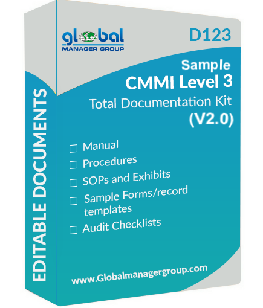An updated version of the CMMI has been revealed. Early in 2024, is when version 3.0 is expected to launch. Significant modifications and process improvements over previous versions are promised in version 3.0. New Practice Areas and an improved model architecture are a couple of the modifications. Continue reading to find out more about the advantages and modifications of using CMMI Version 3.0.
What is CMMI?
If a service provider wishes to work with major global corporations, they must complete a CMMI appraisal. Capability Maturity Model Integration, or CMMI, is an internationally recognised set of best practices that address critical capabilities and common business issues. This standard covers a wide range of subjects, including workforce management, resilience, engineering, business planning, and quality. CMMI assists you in comprehending your capacity for your personal goals and industry best practices. The Examples of level 3 CMMI v2.0 documents for the software development and IT industries include a sample CMMI manual and a coding standard that has been created and approved to guarantee a high-quality development process.
A company’s or organization’s CMMI certification is an evaluation based on how mature its processes are. There exist five distinct levels of maturity:
- Quantitatively managed,
- Defined,
- Optimised, or
- Initially handled
Maturity Level 2 (Managed) and Maturity Level 3 (Defined) are the most popular levels.
CMMI Releases Version 3.0
Businesses looking to streamline their operations will find CMMI Version 3 to be advantageous. There have been numerous process enhancements introduced. The model architecture was modified using CMMI, which decreased the time and resources needed for changes. New Practice Areas (PA) for staff development, safety, security, data management, and virtual delivery are also included in Version 3.
To Know the CMMI Version 3 and Its Fundamental Changes
CMMI version 3 has a few noteworthy improvements over version 2 in terms of features. They are listed in the following order:
- All Practice Areas at Capability Level 2 are now considered to be at Maturity Level 2, which represents a significant philosophical shift.
- Additionally, two extra supplier selection processes (from an earlier model version) are shown in Supplier Agreement Management.
- The recently implemented PAs (detailed below)
- Expect for a few minor phrasing changes, the other Practice Areas in the Development and Services model are still in place.
New Practice Areas for CMMI Version 3
These are the updated Practice Areas of CMMI Version 3.0:
- Management of Data (DM)
- The quality of data (DQ)
- Facilitating Safety (ESAF)
- Turning on Security (ESEC)
- Providing for Virtual Work (EVW)
- Threats and Vulnerabilities in Security Management (MST)
- Employee Empowerment (EE)
Advantages of CMMI Version 3 Implementation
CMMI Version 3 has the power to revolutionise your company, promote excellence, and accomplish your goals. It will enable your companies to lower expenses, increase process efficiency, and produce higher-quality products. Enhanced effectiveness and calibre can boost market competitiveness, maintain growth, and boost customer satisfaction.
How to Implement V 3.0 in Your Business?
Even with these enhancements, you might be reluctant to use the latest iteration of CMMI within your company. We comprehend. Change can be perplexing and intimidating. However, consulting with a knowledgeable consultant is worthwhile. They may assist in making sure that the implementation is successful and in line with the goals of your company.
How to Choose the Best CMMI Consultant?
Core Business Solutions provides CMMI consultancy services at Maturity Levels 2 and 3 to help companies prepare for their appraisal. A competent firm like Punyam.com can help you through the CMMI Version 3 implementation process. We can help your business reach its full potential.


